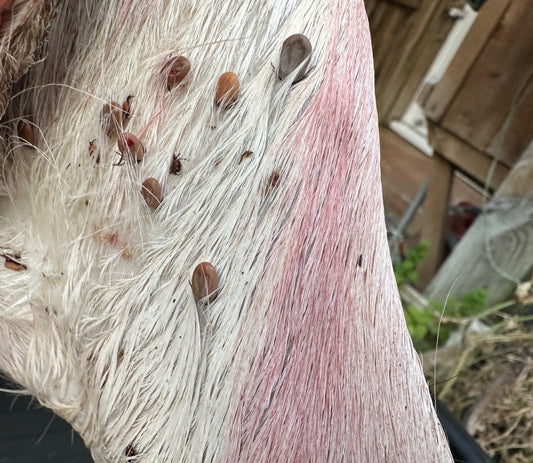Managing deer populations effectively demands not only an understanding of the animals but also a deep appreciation for the landscapes they inhabit. Each day in the field varies, presenting unique challenges and opportunities to contribute to sustainable wildlife management.
Morning Operations: Urgent Intervention at a Vineyard
Our day typically begins with urgent calls, such as a recent issue at a local vineyard where two roe deer had unexpectedly breached the perimeter fencing. Despite robust deer fencing, these nimble creatures occasionally infiltrate such barriers, posing a threat to the grapevines by causing physical damage and significant economic loss to the vineyard. The morning was spent carefully managing this situation; one deer was culled to prevent further damage, employing techniques that ensure the animal’s welfare is prioritised to prevent distress and injury. The other deer was left undisturbed to minimise stress, with plans to address its removal during a follow-up visit under more controlled conditions.

The response to such incidents must be swift and humane, emphasising the importance of regular perimeter checks and maintaining fencing integrity. These visits also provide an opportunity to engage with vineyard owners, educating them on proactive wildlife management practices and the ecological benefits of controlled deer populations.
Afternoon Duties: Strategic Site Assessment and Planning
Post-lunch activities often involve strategic planning and site assessments for upcoming contracts. Today’s focus was on a new client site requiring the relocation of high seats to optimise deer management. The process began with a comprehensive risk assessment, considering factors such as deer traffic patterns, topography, and vegetation cover, which influence where high seats should be placed to maximise visibility and safety.

During the site visit, I conducted thorough evaluations of deer activity signs including tracks, droppings, and evidence of feeding, which are critical in developing effective management strategies. These signs help in mapping out hotspots of deer activity, ensuring that the placement of high seats aligns with areas of frequent deer movement. Although the weather conditions prevented drone usage for aerial surveys, substantial groundwork was covered to kickstart the project.

Evening Routine: Data Management and Equipment Care
The day typically concludes back at home, where the less glamorous but equally important tasks of data management and equipment maintenance are undertaken. This includes cleaning and storing gear used during the day, and meticulously recording all data gathered from field observations and interventions. Each piece of information is crucial for building comprehensive deer management plans that not only address immediate concerns but also strategies for long-term conservation goals.
Recording the day’s activities and findings in a structured format ensures that ongoing projects are monitored for effectiveness and adjusted as needed. This routine is vital for maintaining high standards of practice and ensuring that all management activities are aligned with conservation and ethical standards. Through these daily routines, we reinforce our commitment to professional wildlife management, contributing to the sustainability of ecosystems while supporting the interests of local landowners and communities.





